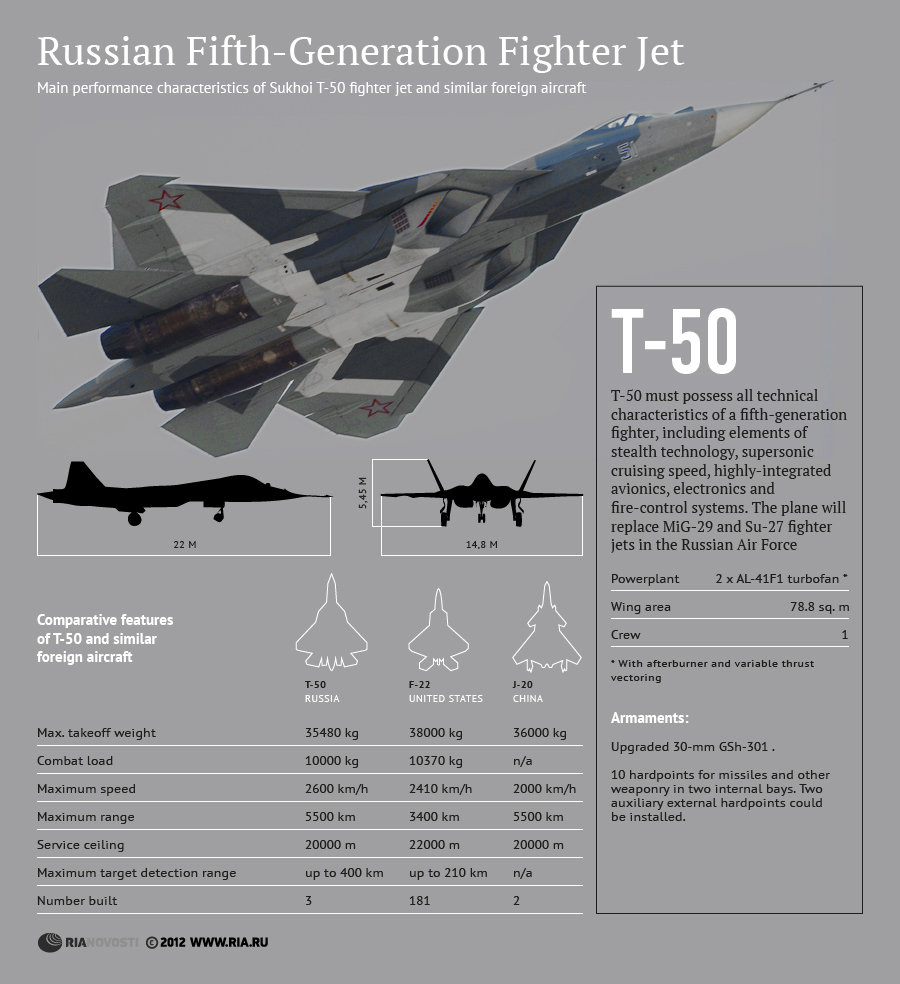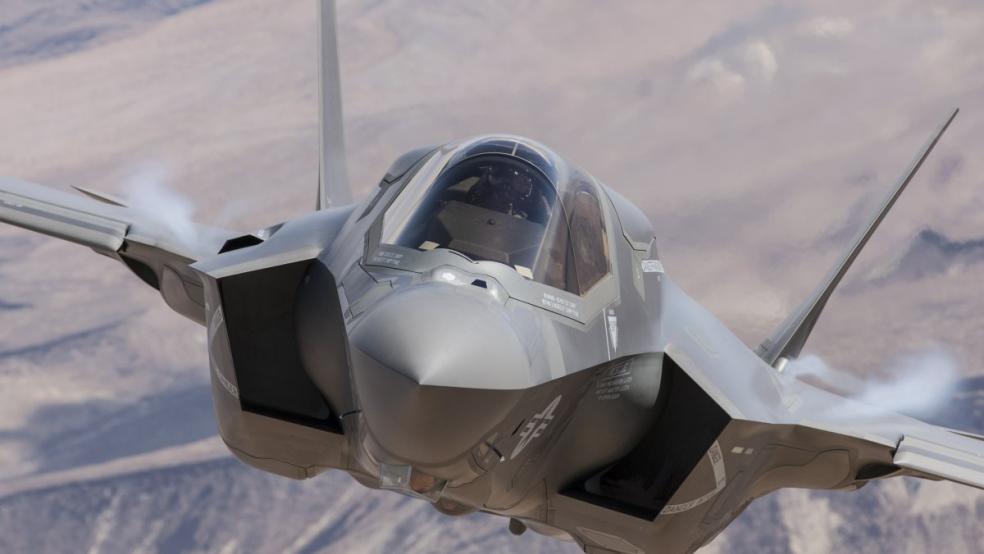There’s a new wrinkle in the drawn-out saga of the F-35, the Pentagon’s troubled fighter jet of the future. At the current pace of testing, the contractors being paid by the federal government will have produced as many as 500 of the jets – at $100 million or so apiece – before the Defense Department can say for sure that the plane can do what it’s supposed to do.
The revelation comes from a report issued by J. Michael Gilmore, the director of Operational Test and Evaluation Office within the Department of Defense. Bloomberg News reporter Anthony Capaccio obtained a copy of the report, which is not yet publicly available, and published a story about it early Friday morning.
Related: US Has Spent $65 Billion Training Afghan Forces – But They’re Still Not Ready
The Pentagon envisions buying nearly 2,500 of the jets eventually, in a program estimated to cost well over $1 trillion. The first several hundred are due over the next few years, but various problems with the plane, particularly software issues exposed last week, have required the Pentagon to push back the start of a years-long testing process to 2018.
Considering the plane’s track record so far, the likelihood that the testing of its capabilities will reveal shortcomings and other problems seems pretty high. And that means that the Pentagon will have hundreds of incredibly expensive planes on its hands that may not perform up to expectations.
According to Capaccio, the report finds, in part, “These aircraft will require a still-to-be-determined list of modifications” to be fully capable, Michel Gilmore, the U.S. Defense Department’s top weapons tester, said in his annual report on major programs. “However, these modifications may be unaffordable for the services as they consider the cost of upgrading these early lots of aircraft while the program continues to increase production rates in a fiscally constrained environment.”
The F-35, also known as the Joint Strike Fighter, was designed to save money by creating a single plane that the various branches of the U.S. Armed Forces could all use. However, the program has been plagued by cost overruns and delays. In addition, the various services have demanded specific capabilities in the versions of the plane supplied to them, which defeated some of the purpose of creating a uniform fighter jet.
Related: Get Ready for a New US Front Against ISIS – This Time in Libya
The F-35 is what’s known as a “fifth-generation” fighter, a category of the very newest military aircraft in the world. The only true fifth generation fighter currently in operation is the U.S. F-22. Known as the Raptor, the F-22 was extremely expensive and notoriously unreliable. The Pentagon has fewer than 200 of them. Congress stopped funding it in 2009, in part because the F-35 was thought to be on the way.
The Russian Federation last year announced that the first of its fifth-generation T-50 fighter will roll off the assembly line this year. Experts believe a fully-functional F-35 would be superior to the T-50, but until it overcomes its reliability problems, it is possible that Russia will, for a time, be flying the most advanced fighter in the world.






